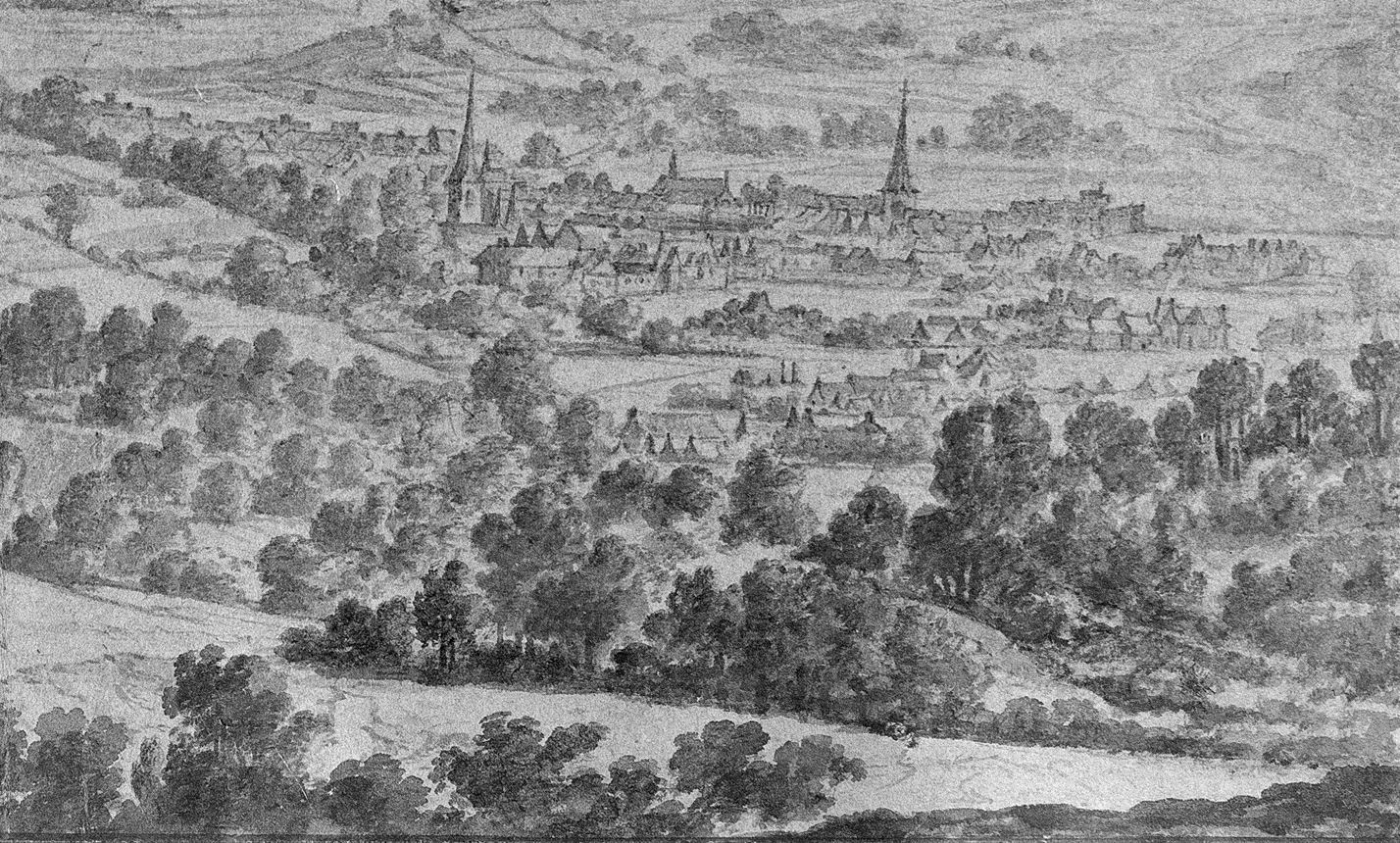There are many examples of this in the region around East Belgium: Verviers, Monschau and Aachen all developed into flourishing centres of this industry. The fate of the town of Eupen was also traditionally closely linked to this sector. Eupen witnessed mechanisation of production in the 19th century.
Likewise, the 1960s and 1970s saw the decline of these textile towns. As a result of progressive mechanisation and the relocation of the textile industry to Asia, the above-mentioned towns and cities changed. Where the structural change did not succeed, the decline of the industry still has an impact today.
From the 1960s onwards, Eupen’s textile industry declined in line with its counterparts in neighbouring regions. Textile factories such as Wilhelm Peters & Co (1972), Kammgarnwerke (1979), Eupener Textilwerke (1968) or BEKA (1982) closed their doors. Hundreds of jobs were lost.
However, the Lower Town, the former economic heart of Eupen, was quickly replaced. The development in Eupen was similar to that in Flanders: New industries sprang up on the green fields outside the city. The construction of the King Baudouin motorway created many new businesses along the Herbesthal road between Herbesthal/Welkenraedt and Eupen. These also gave the workers of the former textile industry a chance to find new jobs.
In the 1970s and 1980s, workshops, car dealerships, retailers, a washing machine factory, several metalworking companies, a large joinery, Chocolaterie Jacques and several supermarkets created new department stores and shops along the street. In the immediate vicinity, the cable and rubber works Eupen, and the company Noel-Marquet & Co. created further jobs during these decades.
The city of Eupen thus became an example of successful economic structural change, thanks in part to the willingness of its inhabitants to look for work in Germany and Wallonia. The ‘green field’ in front of the city was transformed into an industrial zone. The role of Herbesthaler Strasse as Eupen’s lifeline is particularly apparent from a bird’s eye view.
Image source: Public Service of Wallonia (SPW), orthophoto 1971, http://geoportail.wallonie.be
Further Reading:
Peter Quadflieg, Übergang, Anpassung, Boom. Regionale Wirtschaftsentwicklung im Europäischen Rahmen, in Carlo Lejeune, Christoph Brüll (eds.), Grenzerfahrungen. Eine Geschichte der Deutschsprachigen Gemeinschaft Belgiens. vol. 5: Säuberung Wiederaufbau, Autonomiediskussionen (1945-1973), Eupen, GEV, 2014, pp. 118-187.
